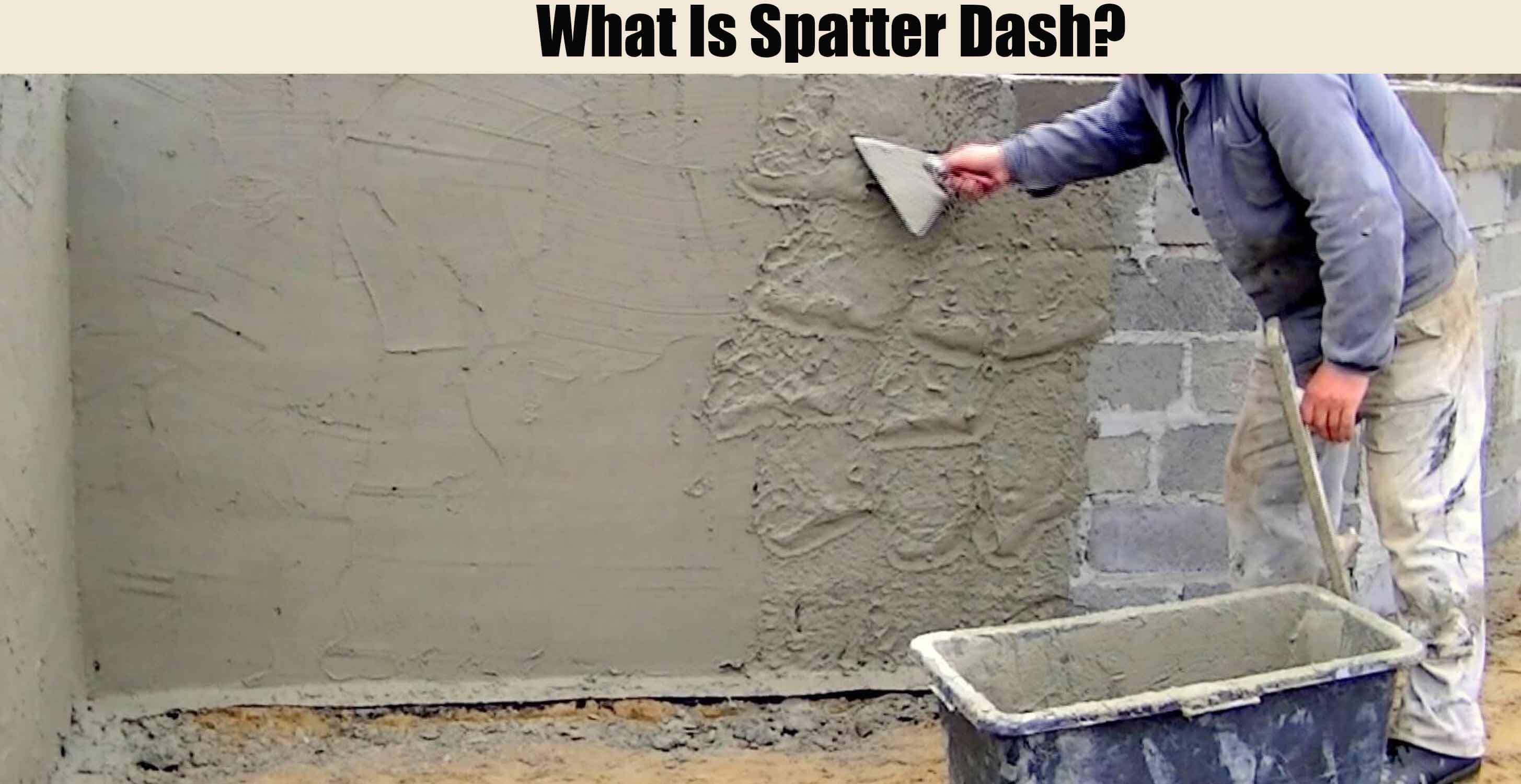It simply means a rich mixture of Portland cement and coarse sand is thrown onto a background by a trowel, scoop, or other appliance so as to form a thin, coarse-textured of the continuous coating. As a preliminary treatment, before rendering, it assists bonding of the undercoat to the background, improves resistance to rain penetration, and evens out the suction of variable backgrounds.
In this method a mixture of coarse sand (8mm and below) mixed to cement in the ratio of 1:1.5 and water equal to 0.5 part by total volume is dashed on the walling in an uneven manner. Where sharp sand is difficult to obtain, crushed hard stone (with fine particles eliminated) can also be used.
The water content will vary with the type of aggregate. The dry materials must be mixed thoroughly & then water gradually added. The mixture must be continually stirred during use. The spatter dash need not cover every piece of surfaces and it is an advantage if parts of the surface are not covered.
The main objective is to form a large number of small humps of mortar so as to make the surface as irregular as possible. The thickness of the spatter dash may be limited to 10mm. On allowing 2 to 3 days with good curing; further work can be taken up. Of all the methods to provide a key, the spatter dash method is to be preferred in practically all cases.

